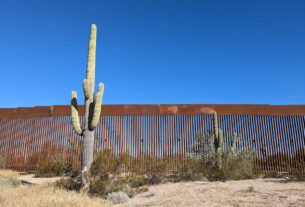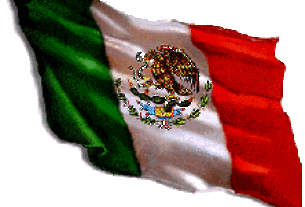PANADERIAS – (Mexican Bakeries): Smells of fresh bread and pastries filter the air, dissolving resolves of the staunchest weight-watchers. Ah! What a sweet lesson in history!
Although the greenest gringo is well acquainted with the French roll (known as bolillo), Mexican cookies are an enigma.
So, the following is a guide for cookie bandidos ( bandits) of the world, along with a chapter from Mexican history as seen through its pastries. Many trace back to the Aztecs, while others indicate a Mexican colonial, or Spanish influence… not to mention the French. Emperor Maximillian, flanked by his French Chefs, left his imprint on cookies, too.
The easiest cookie to identify is the cochinito. It is named after, and cut in the shape of, little pigs. Cochinitos are made of flour, brown sugar, and ginger. They trace back to the Spaniards.
The oreja (ear) is a pan dulce (sweet bread) and is popular for breakfast. The oreja originated with the French who called it Papillon (butterfly) after its shape.
Coricos are made in little rings. They are from the state of Sonora and are made from flour flavored with sesame. The elotes are named after and shaped like ears of corn. They are bread on the inside and sweetened with sugar on the outside. Their centers are cinnamon flavored.
Conchitas (shells) are deeply scored, puffed cookies. They are made of sponge bread and prepared in chocolate and vanilla flavors.
Rosca de Reyes (bread of the Kings) comes in all sizes. It has a hole in the middle, and is sweet bread loaded with dried and preserved fruits. Symbolically, it contains a tiny doll, signifying the infant Jesus, whom the Three Kings (or wisemen) came to worship.
There are many names for the festival which arrives on the Twelfth Day of Christmas (meaning, the 12th day AFTER Christmas), Twelfth Night, Epiphany, Three Kings Day… and various countries celebrate it in various ways.
The tradition in Mexico for Dia De Los Tres Reyes, Three Kings Day, is for children to leave their shoes outside the door so they can be filled with gifts from the Magi (Three Kings). Rosca de Reyes is served at the fiesta and tradition calls for the guest who finds the doll (a representation of the infant Jesus which is baked in every Rosca) in their slice of Rosca, to give a party for all present!


